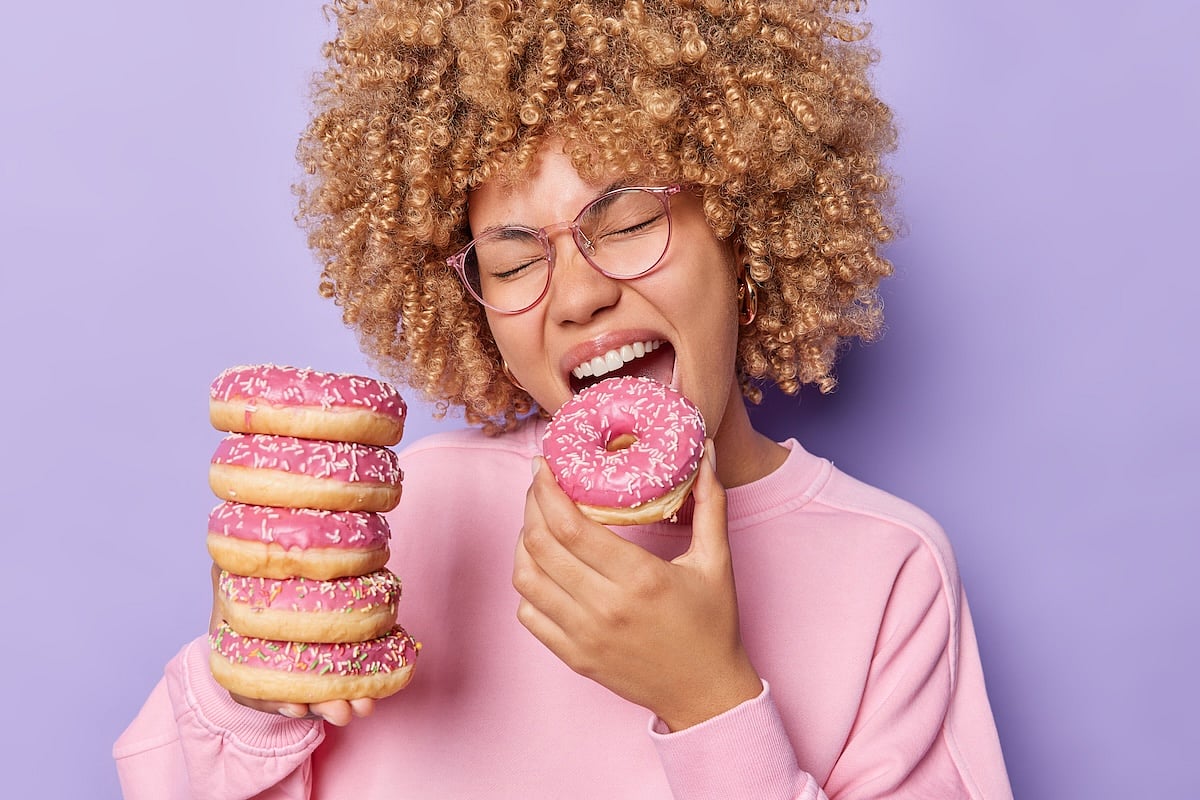Patient Resources
Get Healthy!
Sweet Tooth Explained: Researchers Reveal How We Taste Sugar
- May 11, 2025
- I. Edwards
- HealthDay Reporter

Why does sugar taste so good -- and why do we want it so badly? Scientists may finally have the answer.
For the first time, researchers have figured out the structure of the sweet receptor -- the tiny part of your tongue that tells your brain when something tastes sweet.
The study, published May 7 in the journal Cell, could help food companies make sweet foods with less sugar.
“By uncovering the structure of the sweet receptor, we gain knowledge into the molecular mechanisms that govern how we detect sweetness, and how a single receptor can recognize such a broad range of sweet-tasting molecules,” Zhang Juen, an associate research scientist and co-first author of the study, said in a news release.
Charles Zuker of the Howard Hughes Medical Institute led the study with members of his Columbia University lab. Back in 2001, his team found the genes that control the sweet receptor. Now, they’ve figured out what it looks like and how it works.
With this information, food companies might not need artificial sweeteners anymore. Instead, they could use less sugar and add ingredients that make the sweet receptor work better. That means people can enjoy the same sweet taste but take in fewer calories.
“This discovery will greatly benefit the battle against our strong desire for sugar, and enable the rational design of modulators of the sweet receptor, which in turn may help alleviate the prevalence of obesity, diabetes, and cardiovascular disease," Juen explained.
Our taste buds help us enjoy food and avoid things that might be dangerous. People can taste sweetness, saltiness, sourness, bitterness and umami (a savory flavor linked to protein).
“Each of these five taste qualities sends a signal to the brain that says ‘this is appetitive’ or ‘I am averse to this,' " Zuker said.
Even after all this research, the scientists say they still love sweets.
“Like everyone, I love sweet treats,” Juen added. “I’ve always been curious about how my body recognizes sweet molecules. Determining the structure of the human sweet receptor fulfills not only my personal curiosity but also offers great potential for consumer applications. Moreover, it provided me with a valuable opportunity, as a neuroscientist, to expand my research scope into biochemistry and structural biology.”
Zhang and Lu had to learn a lot of new skills to do this study. Their lab's leader encouraged them to try new things. “In the Zuker lab, the only limitation is our creativity,” Zhang said.
Over the last 20 years, the lab has studied how taste works -- from the tongue to the brain. They’ve also looked at how the brain controls hunger and cravings.
One of the team's past studies found that the vagus nerve, which connects the gut and brain, plays a big role in why we crave fat and sugar.
“Knowing how something works does not in any way minimize the magic,” Zuker said. “It only enhances the magic.”
More information
The Uren Food Group has more on how we perceive sugar.
SOURCE: Howard Hughes Medical Institute (HHMI), news release, May 7, 2025

